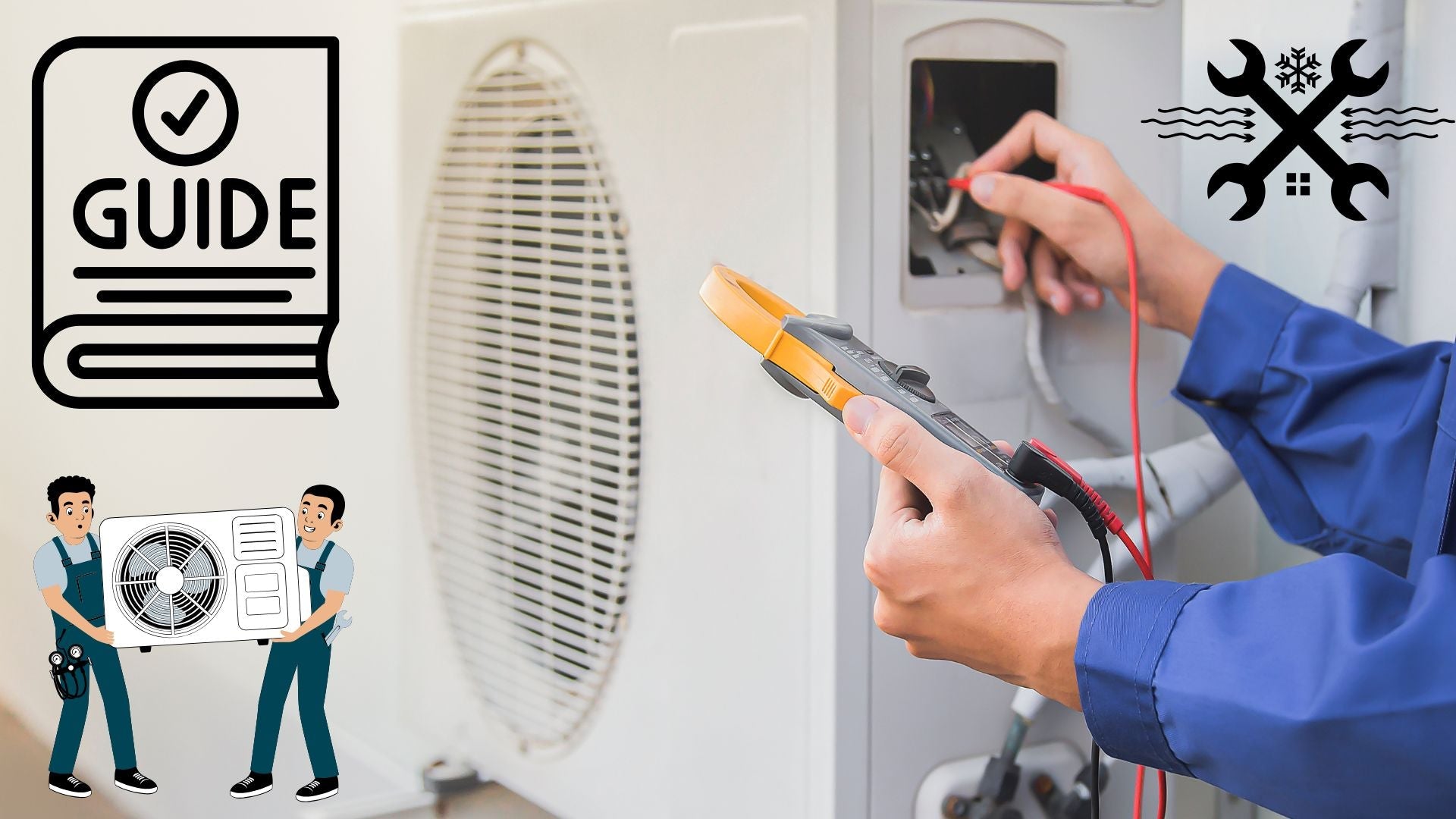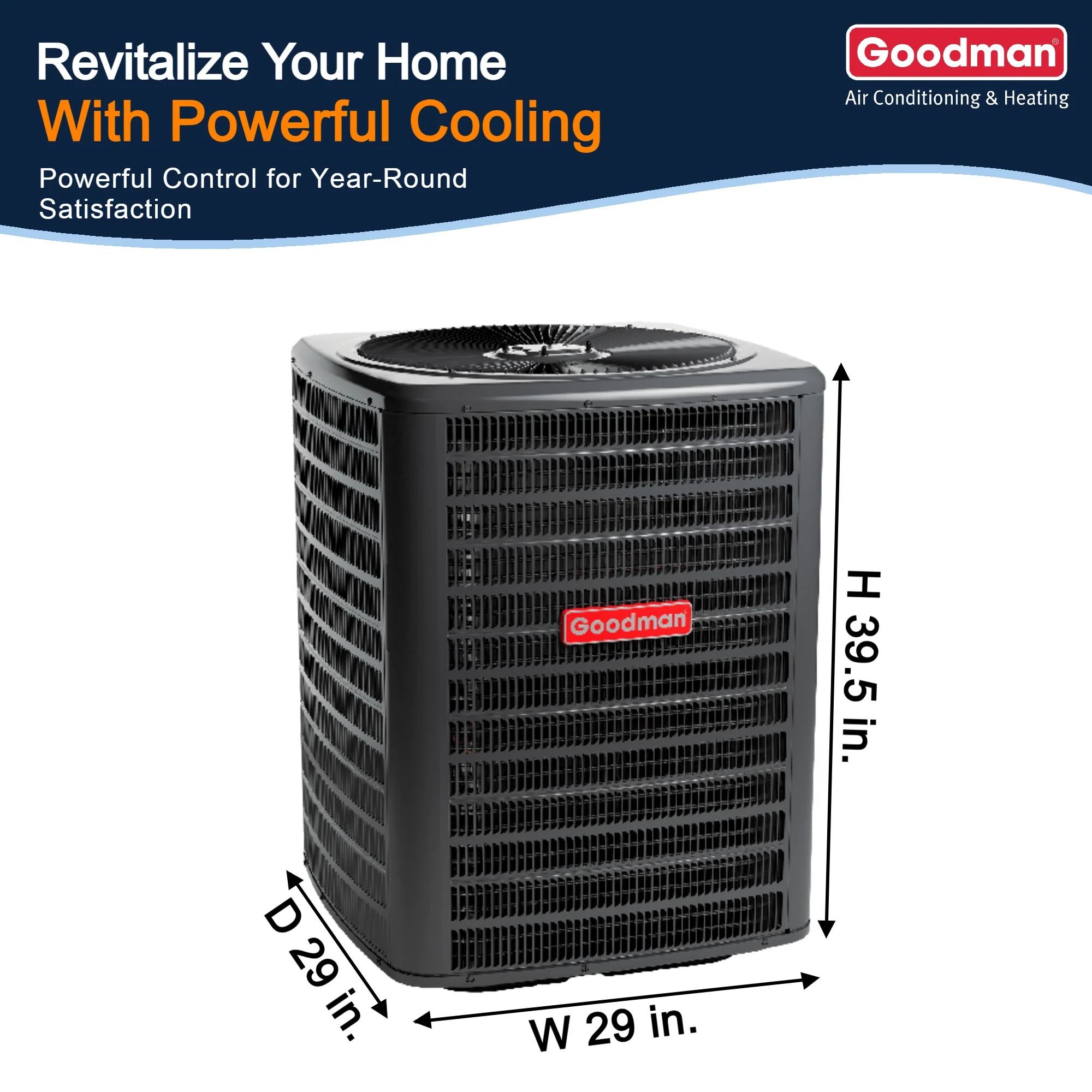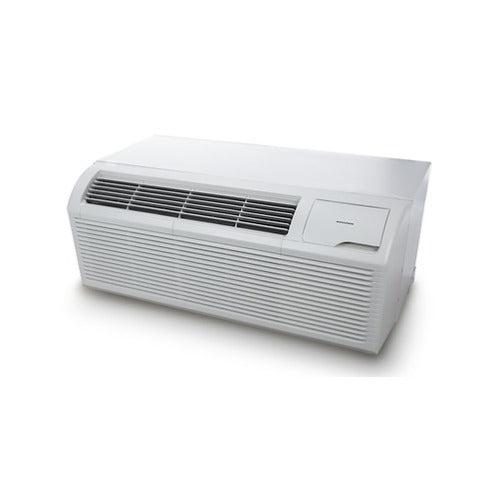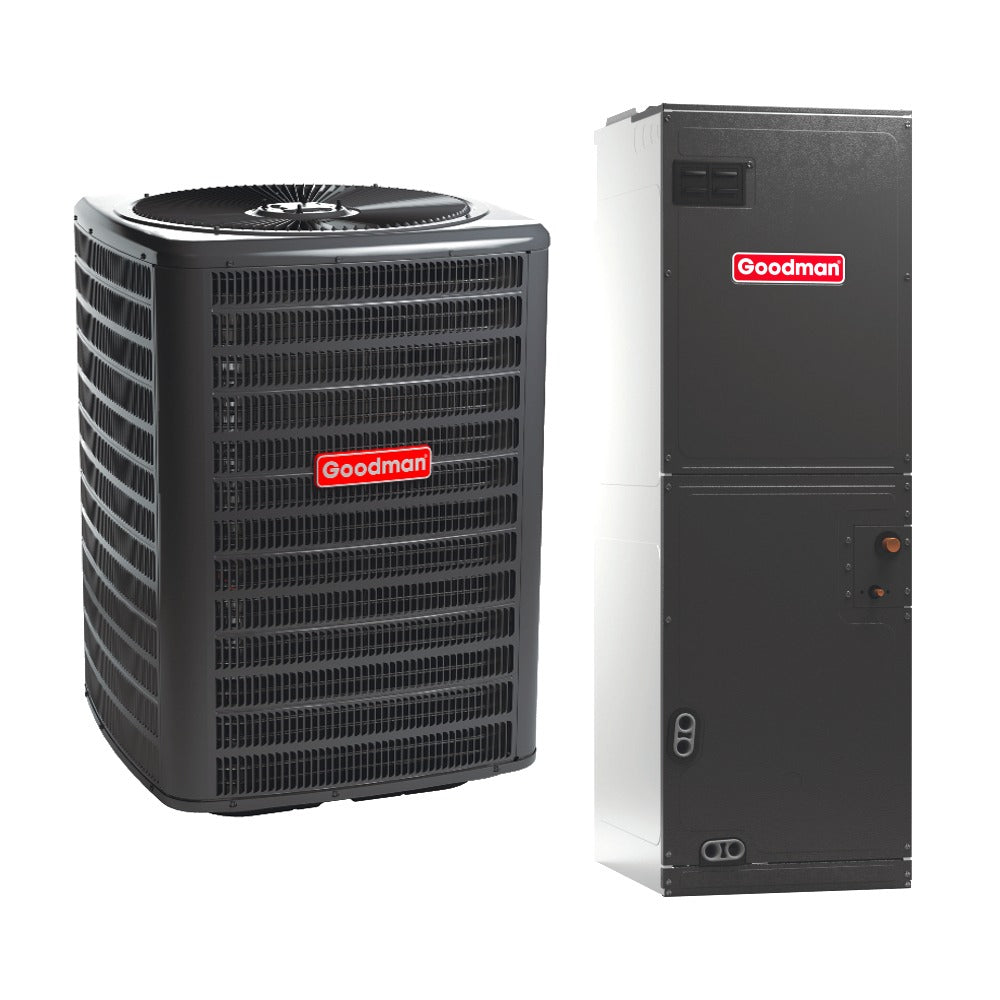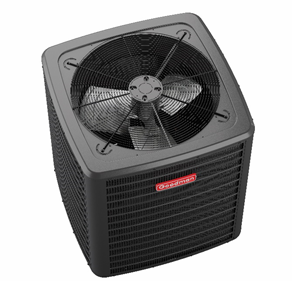1. Introduction: Why Proper Installation of 5-Ton R-32 AC and Gas Furnace Systems Matters
The performance and energy efficiency of a 5-ton air conditioning and gas furnace system depend heavily on proper installation. A system that uses R-32 refrigerant, paired with a high-efficiency gas furnace, offers excellent climate control for large residential or commercial spaces—but only if installed correctly.
This guide outlines detailed installation guidelines, covering sizing, refrigerant handling, ductwork, BTU calculations, and compliance with safety and energy regulations. We'll also highlight opportunities for rebates and how choosing high SEER and AFUE-rated systems results in enhanced energy performance.
Learn more about HVAC installation best practices from the Air-Conditioning, Heating, and Refrigeration Institute (AHRI).
2. Pre-Installation Considerations for 5-Ton Systems
Before starting the installation process, a thorough site inspection and system design evaluation are essential.
2.1 Accurate Load Calculation Using BTUs
A 5-ton AC system delivers approximately 60,000 BTUs of cooling per hour. To avoid overcooling or undercooling, HVAC professionals must perform a Manual J load calculation to assess the correct capacity for the space. Oversized units lead to short cycling and inefficiency, while undersized units fail to maintain comfort.
For guidance on BTU calculations, visit the U.S. Department of Energy’s HVAC Sizing Guide.
2.2 Choosing a High-SEER and AFUE-Rated System
Selecting equipment with a high SEER rating (preferably 15 or higher) and AFUE rating (90%+) ensures your HVAC system uses less energy while maintaining performance. Systems that incorporate R-32 refrigerant can further increase energy efficiency due to R-32's superior thermodynamic properties and low Global Warming Potential (GWP).
Understand how SEER and AFUE ratings affect your energy bills from Energy Star’s HVAC Efficiency Page.
3. Installation Guidelines for the R-32 5-Ton AC Unit
3.1 Safe and Certified Handling of R-32 Refrigerant
R-32 refrigerant is classified as mildly flammable (A2L), so it requires proper handling. Technicians must be EPA Section 608 certified and follow updated codes like ASHRAE Standard 15, which outlines safety requirements for refrigerant systems.
For official R-32 refrigerant safety guidelines, refer to ASHRAE’s Refrigerant Safety Standard.
3.2 Refrigerant Line Sizing and Charging
Proper refrigerant line sizing is critical for maintaining BTU output and avoiding performance issues. For 5-ton systems, ensure the suction and liquid lines are correctly sized (usually 7/8" and 3/8" respectively) and leak-tested.
Charge the system according to the manufacturer’s specifications and monitor superheat/subcooling to ensure optimal performance.
3.3 Placement and Ventilation
The outdoor condenser should be placed on a stable, level pad with adequate clearance (typically 24” around all sides) for air circulation. Avoid placing the unit near dryer vents, roof runoffs, or heat sources that can degrade performance.
For more best practices, check the National Renewable Energy Laboratory HVAC Guidelines.
4. Installation Guidelines for the Gas Furnace Unit
4.1 Furnace Placement and Clearance Requirements
Furnaces must be installed in locations that allow for proper airflow and accessibility for maintenance. Follow local building codes for clearance from combustibles—usually a minimum of 1" on sides and 6" on top.
4.2 Gas Line and Exhaust Venting
Install a dedicated gas line with shutoff valve and sediment trap. Ensure combustion air supply and venting (direct vent or B-vent) comply with the International Fuel Gas Code.
4.3 Matching BTU Output with Heating Demand
Furnace BTU output must match the calculated heating load. For most 5-ton systems, a furnace rated between 80,000–100,000 BTUs provides optimal heating efficiency depending on climate.
Explore detailed guidelines on gas furnace installation at International Code Council (ICC).
5. Ductwork, Airflow, and Thermostat Integration
5.1 Duct Design and Sizing
A 5-ton system moves approximately 2,000 CFM of air. Ductwork should be designed using Manual D, ensuring proper static pressure and airflow distribution to maintain high energy efficiency.
Improper duct sizing can lower SEER performance and increase energy use.
5.2 Zoning and Smart Thermostats for Enhanced Energy Control
Integrating a smart thermostat or zoning system enhances control and energy optimization. Zoning allows independent temperature control across rooms, avoiding overcooling or overheating.
6. Final Testing, Commissioning, and Maintenance
6.1 System Commissioning Checklist
-
Verify refrigerant charge
-
Test airflow and static pressure
-
Check temperature rise/drop
-
Calibrate thermostat and zone settings
-
Inspect gas pressure and combustion
Commissioning ensures your system performs to its rated SEER, AFUE, and BTU capacities.
6.2 Maintenance Plan for Sustained Energy Efficiency
Regular maintenance—such as filter replacement, coil cleaning, and refrigerant level checks—preserves your system’s enhanced energy performance over time. Schedule annual service visits to avoid efficiency losses.
Explore HVAC maintenance schedules from Building Performance Institute.
7. Rebates, Tax Credits, and Compliance with Energy Programs
7.1 Federal and State Rebates for Energy Efficient HVAC
Many energy providers offer rebates for high-efficiency 5-ton systems using R-32 refrigerant and systems with SEER 15+ or furnaces with AFUE 90%+. The Inflation Reduction Act of 2022 includes tax incentives up to $2,000 for qualifying HVAC upgrades.
Check your eligibility at DSIRE – Database of State Incentives for Renewables & Efficiency.
7.2 Compliance with Energy Programs
To qualify for rebates and ensure optimal energy efficiency, systems should be listed in the AHRI Directory and meet Energy Star certification.
Find AHRI-certified equipment at the AHRI Directory of Certified Product Performance.
8. Conclusion: Installing 5-Ton R-32 AC and Gas Furnace Systems the Right Way
Properly installing a 5-ton HVAC system—featuring R-32 refrigerant, high SEER ratings, and high AFUE-rated gas furnaces—ensures reliable performance, reduced utility bills, and minimal environmental impact. When installation follows industry standards and best practices, homeowners benefit from enhanced energy efficiency, consistent comfort, and long-term savings—especially when combined with available rebates.
For further learning and code compliance, explore the International Code Council, EPA HVAC Resources, and Energy Star Partner Resources.

